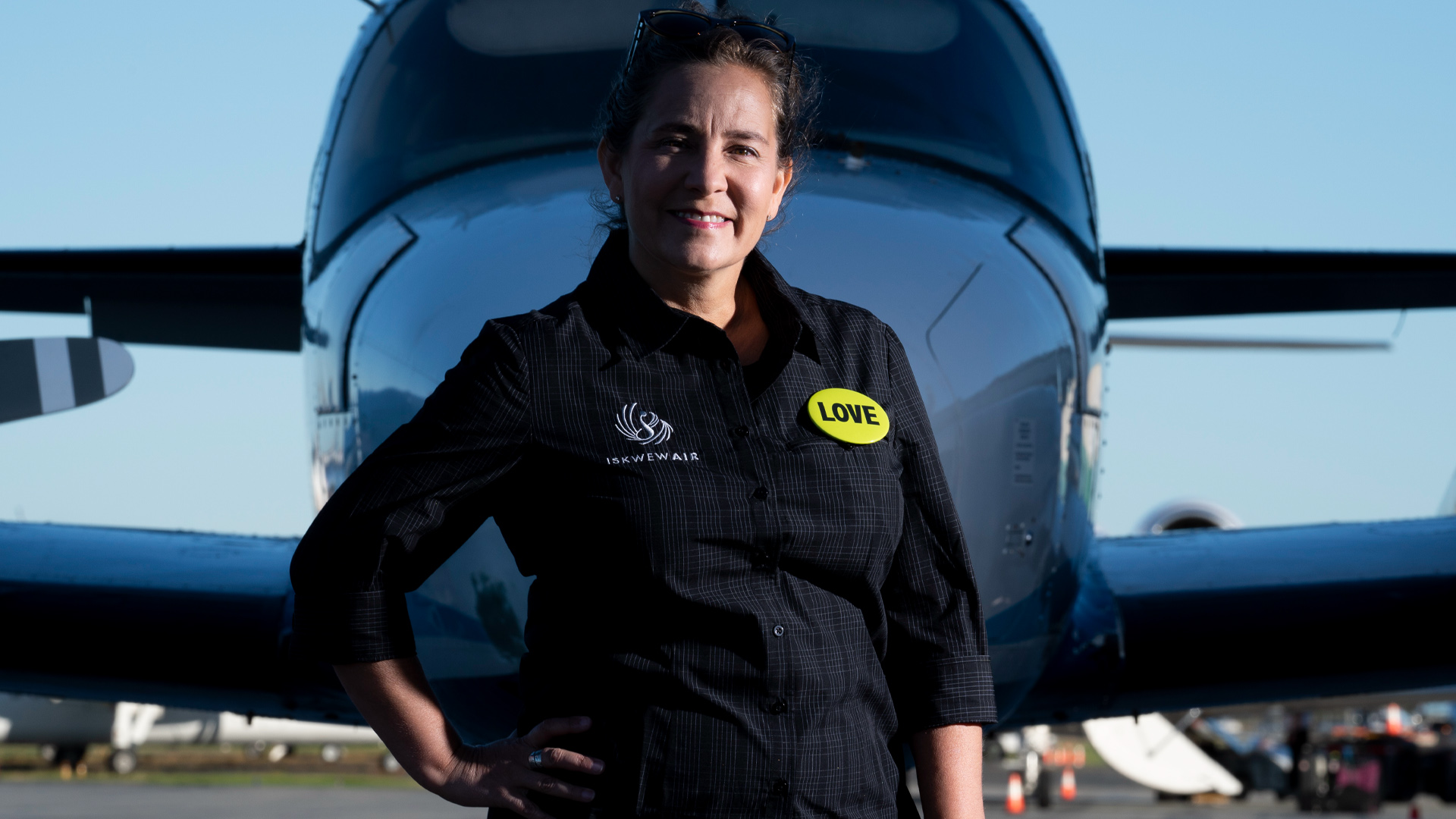
Indigenous people were the first entrepreneurs to ply their trades on this land – as voyageurs, translators, trappers and traders.
Today, they create businesses at nine times the rate of non-Indigenous Canadians. Overall, the Indigenous economy in Canada is surging toward $100 billion per year.
However, despite these successes, Indigenous-led businesses often encounter a cliff when it comes to growth opportunities due to barriers to accessing capital.
Since I began working with Indigenous entrepreneurs more than a decade ago, one issue has consistently been raised by nearly every one of them: financing and funding.
My experience aligns with a study prepared by the Fraser Institute showing that even as the level of market capital available to Indigenous businesses in Canada grew between 2003 and 2013 to $5.9 billion from $2.8 billion, the gap in the amount of capital available to Indigenous businesses versus non-Indigenous businesses grew even faster.
It’s a challenge that is nothing new to Indigenous entrepreneurs who have been facing such opportunity deficits for generations. It’s also an iniquity that financial institutions in Canada need to help address.
Financial discrimination is enshrined in Canadian law
Every entrepreneur getting a business started needs capital. Without an operational track record, securing business bank loans can be difficult or even impossible in the first couple of years. For many entrepreneurs, tapping into personal savings or family wealth is the only option to cover high startup costs.
For Indigenous entrepreneurs, this reality disproportionately represents a barrier to developing their successful businesses.
Indigenous people in Canada earn 70 cents for every dollar our non-Indigenous counterparts earn and one in four experience poverty.
Meanwhile, the rate of homeownership, a significant indicator of generational wealth in Canada, is effectively zero in Indigenous communities (because it is mostly Crown land that cannot be pledged as collateral for loans for housing or businesses) while it’s about 70 per cent for non-Indigenous families.
The Indian Act historically governed our ancestors’ ability to partake in the economy. If they went off reserve, pursued higher education, joined the police force or the army or went to medical school, they lost their Indigenous status.
Options are severely restricted for any Indigenous entrepreneurs living on reserve hoping to secure startup financing, such as not being able to own the land they live on. Building wealth or demonstrating collateral that meets the requirements to secure a business loan can be essentially impossible without giving up Indigenous community or identity.
Add to this a residential school system that didn’t teach anything about finances, credit and savings.
Financing solutions
Yet, despite these barriers, the Indigenous economy is dynamic and productive and has momentum. Across every industry, Indigenous-led businesses are thriving.
I’m inspired by entrepreneurs such as fashion designer Justin Jacob Louis whose Section 35 streetwear brand has been featured in Vogue; ethical makeup brand Cheekbone Beauty which is carried in Sephora; and the Bouchier Company which has been an integral developer in Alberta’s Athabasca oil sands region for the past 25 years. These inspiring examples prove it can be done.
Every Indigenous entrepreneur should have access to the tools needed to reach those goals. To ensure this is the case, mechanisms need to be in place to provide financing options that are designed with a deep understanding of the challenges specific to Indigenous entrepreneurs. Traditional financial institutions need to move beyond the asset criteria they usually apply.
My organization, Futurpreneur, and our partners at BDC or Indigenous financial institutions funded by NACCA, do provide alternatives. This represents an important start, but it’s not enough to fill the tremendous funding gap.
Through the Indigenous entrepreneur startup program at Futurpreneur, eligibility requirements for startup credit don’t require collateral and focus on the strength of the business plan and accomplishments of the entrepreneur, as well as credit history. Indigenous entrepreneurs who are under 40 in their first year of business can qualify for loans whether they live on or off reserve.
Now, it’s time for other financial institutions to follow suit.
Lived experience and accessible criteria are key
Canadian financial institutions have a crucial role to play in making support available to Indigenous entrepreneurs. Two areas that need particular attention include lending programs that serve entrepreneurs aged 40 and over, and businesses that have been operational for more than one year.
Designing appropriate solutions requires financial institutions to develop a better understanding of the specific barriers Indigenous that entrepreneurs face. For example, banks need to assemble Indigenous-led teams with lived experience who can advocate for, and provide customized counsel to, Indigenous entrepreneurs.
Banks also need to innovate how they assess creditworthiness.
This is uncharted territory for many banks. Our approach at Futurpreneur serves as a blueprint, using a credit-scoring matrix that gives more weight to the strength of the business plan, versus simply looking at credit and credit history.
The outcome is that Indigenous entrepreneurs make up five per cent of the Futurpreneur portfolio (which is proportionate to the Indigenous population in Canada) while we successfully maintain low default rates.
To provide equitable opportunities to Indigenous entrepreneurs, Canadian financial institutions – including banks – should take several steps.
First, they need to hire Indigenous leaders who are empowered to design and run targeted funding programs. It’s impossible to successfully serve the needs of Indigenous communities without a true understanding of those needs that comes from lived experience.
Second, institutions need to innovate when it comes to credit qualifications to address the systemic barriers that perpetuate the Indigenous funding gap. My organization is demonstrating that an adapted credit matrix can deliver great results for both the lender and the borrower.
Finally, these initiatives will be most successful when there’s broader organizational buy-in. Indigenous people make up the fastest-growing demographic in Canada and an important clientele for Canada’s banks. The Indigenous leaders who will run these programs can offer vital expertise to help develop a better overall understanding of the socioeconomic inequalities that their Indigenous customers face.
There is a golden opportunity to better support Indigenous entrepreneurs in Canada so they – like non-Indigenous entrepreneurs – can flourish and grow in an equitable business environment that reflects our realities.









